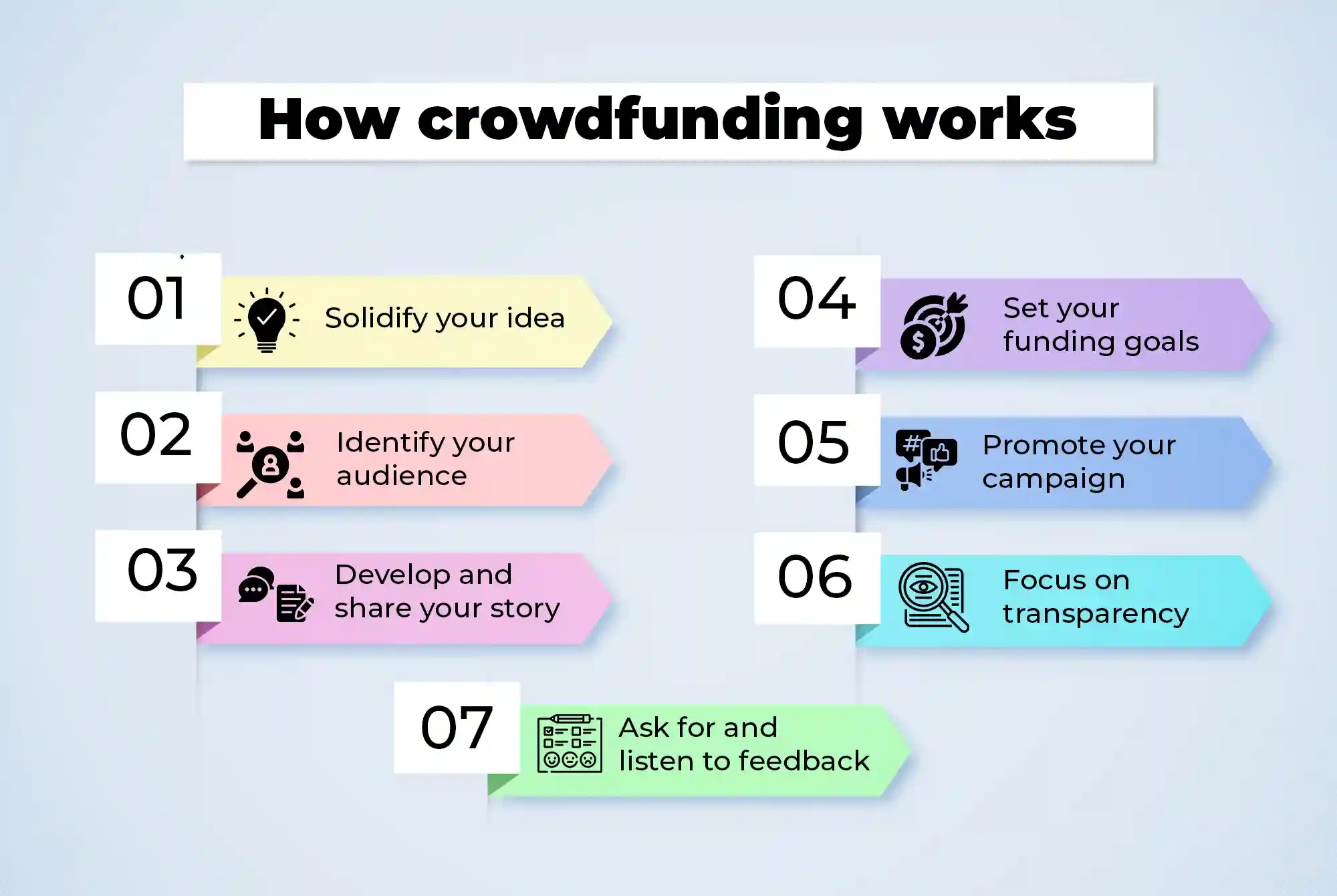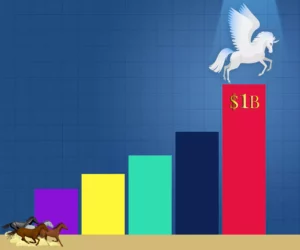
Crowdfunding has been around in various forms for a long time. Involving many small contributors to meet one large goal is not new. What is new, however, is social media and the internet and their impact on crowdfunding as a concept.
The impact of social media
The success of any crowdfunding project depends on its ability to communicate well. Social media has made communicating with large groups of people—especially strangers—far more effortless. Through videos and write-ups, a crowdfunding campaign can reach a broad audience in its attempt to attract funding.
One of the main ingredients for a successful crowdfunding campaign is a clear understanding of the audience. Thanks to reliable websites that provide data and statistics on social media demographics, this becomes easier. A critical factor to keep in mind—different social media platforms target different age groups. For instance, the primary users of LinkedIn are between the ages of 46-55; Twitter users are between 30-49; and Facebook and Instagram users are between 25-34.
Types of crowdfunding
Today, there are primarily four types of crowdfunding. Each presents opportunities and challenges relative to how the funds are acquired.
The first is debt-based, in which contributors receive interest payments in exchange for their contributions. Crowdo and MoolahSense are examples of websites that have this model.
Equity-based crowdfunding is when, rather than receiving money, contributors receive shares in the company in exchange for contributions. AngelList, Capbridge, and Seedrs are good examples of websites for this category.
The third type is reward-based. Here, contributors get rewards such as early copies of the product or priority access, extra information, etc. Platforms such as Kickstarter and Indiegogo do this well.
The last type is donation-based. Contributions are donations without the expectation of anything in return. These donations are often tax-deductible. Patreon, Friend Fund, and You Caring are examples of this type.

Success rate
On Kickstarter alone, between 2009 and 2019, there were 433,207 crowdfunding campaigns. Unfortunately, out of those, only 36.6% met their goal. Crowdfunding campaigns are only sometimes successful. A great deal of work goes into making it a success.
Of course, the statistics vary depending on the type of crowdfunding campaign. For example, Kickstarter’s own reports show that campaigns under the technology category have had only a 20% success rate since 2009. In comparison, those under “theatre” have fared far better at 60%.
Typically, small crowdfunding campaigns with clear plans and effective communication tend to do well. In contrast, the more ambitious ones tend not to, especially those still determining what they are creating and how.
Concerns around crowdfunding
The advantages of crowdfunding are apparent as it is relatively easy to apply and create a campaign. People often end up raising far more than their original goal. However, there are also a few concerns that include both the obvious and the obscure. For instance, if you have not patented your idea, somebody could see it online and steal the concept from you.
Many crowdfunding campaigns follow an all-or-nothing approach, meaning they need to match their goal to keep the money they raised. Unfortunately, such an approach can often dent the plans of small businesses struggling to get a foothold.
A primary cause for which people resort to crowdfunding is medical expenses. When there is a pricey but essential healthcare treatment that a person cannot afford, such a person can start a crowdfunding campaign stretching out towards the general good of humankind. However, to raise more money, it is often encouraged that people provide as much detail as possible about their lives and illnesses. The more people know about them, the more likely they are to trust them. They would also benefit from sharing regular updates about their condition. But this information and data will then be in the public sphere forever. Those who shared it at a desperate time cannot reclaim it at a better time.
Furnishing information about one’s illness might sound simple, but what if the patient cannot provide the information? Some may want to protect the confidentiality of their condition and for others, the decision may not be in their hands. Who gets to decide what to share and what to withhold? How much is too much?
The dark side of crowdfunding
So far, we have discussed the risks and advantages of crowdfunding campaigns from a creator’s perspective. However, there are often risks for the investor too. Here are a few examples of projects that, if we are being polite, simply never delivered on their promises.
iBackPack
The creator promised a fantastic device with features that included everything from USB charging ports to anti-theft alarms, GPS trackers, and a Wi-Fi hotspot. For obvious reasons, many people supported the crowdfunding campaign hoping they would receive their products soon enough. However, the product never arrived. The updates were scarce and often rude to those who enquired.
Leaf Mask
This was a mask that promised to be N-99 at a time when people were desperate for protection against COVID. The crowdfunding campaign raised over $4 million, but their fancy ‘HEPA (High Efficiency Particulate Arresting) filters’ turned out to be made of something that looked suspiciously like toilet paper. When people tried to locate and question the creator, he dodged and evaded them.
Dragonfly Futurefön
One device to rule them all. This product, involving folds and additions, promised to be a phone, a tablet, and a computer when required. It raised $5.7 million, and people waited years for this revolutionary product that never entered the market. Since then, the creator was charged and sentenced to 8 years in prison.
Crowdfunding success stories
Crowdfunding can be helpful for small projects and is certainly not all doom and gloom. Here are some examples of a few projects that succeeded.
The Everyday Backpack
This backpack, designed by a traveller who struggled to carry around his camera and protect it along with all his other things, has various adjustable compartments. In only a few months, the crowdfunding campaign raised over $6.5 million, and Peak Design is now one of the fastest-growing outdoor gear companies.
Exploding Kittens
Put your mind at ease—this is only a card game created by comedians. They met their initial goal of $10,000 in 10 minutes. Over the next week, they gained over 103,000 contributors. One month later, they had twice as many contributors and over $8.7 million. They delivered their promises and now have a best-selling game on the market.
Baubax Travel Jacket
A long-distance couple who were constantly forgetting their neck pillows while travelling to see each other came up with the concept of creating a travel jacket that suited them. The jacket’s hood also has a neck pillow built-in and various pockets to easily store things and access them. When they began the crowdfunding campaign, they wanted to raise $20,000. However, they ended up with over $11.5 million across two platforms. The company remains hugely successful today.
Crowdfunding has proven to be a powerful tool for people who need to raise money for medical bills, college expenses, starting a business, or creating a product. But unfortunately, it has also been a tremendous tool for people to exploit the goodwill of other human beings. Either way, one cannot deny that if one goes about putting together a clever campaign and communicates clearly, there is really no end to the amount of money that one can raise through the small contributions of the massive multitudes.



